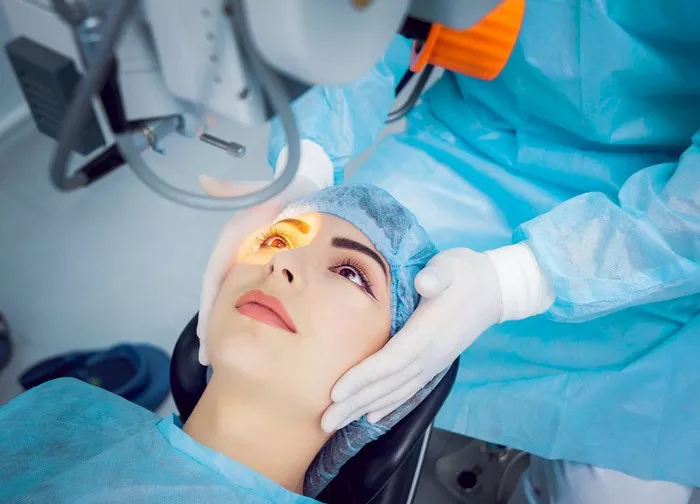Double eyelids are a common physical trait that is characterized by a visible crease on the upper eyelid. While double eyelids are often considered a desirable trait in some cultures, they can also have medical implications. In this article, we will explore what double eyelids are, what they mean, and how they can impact eye health.
Definition of Double Eyelids
Double eyelids are a physical trait that is characterized by a visible crease on the upper eyelid. This crease is typically located above the eyelashes and runs horizontally across the eyelid. Double eyelids are more common in some ethnic groups, such as East Asians, than in others.
The absence of a visible crease on the upper eyelid is known as a monolid. Monolids are also common in some ethnic groups, such as East Asians. While monolids and double eyelids are both normal variations in eyelid anatomy, they can have different cosmetic and medical implications.
Cosmetic Implications of Double Eyelids
Double eyelids are often considered a desirable physical trait in some cultures. In many East Asian countries, for example, double eyelids are considered a sign of beauty and are often sought after through cosmetic surgery.
Double eyelid surgery, also known as blepharoplasty, is a cosmetic procedure that is designed to create a visible crease on the upper eyelid. The surgery involves removing excess skin and fat from the eyelid and creating a new crease using sutures or other techniques.
While double eyelid surgery is generally considered safe, it is a cosmetic procedure that carries some risks. Complications can include infection, bleeding, scarring, and changes in eyelid shape or function.
Medical Implications of Double Eyelids
Double eyelids can also have medical implications. In some cases, the presence or absence of a visible crease on the upper eyelid can impact eye health.
For example, people with monolids may be more prone to certain eye conditions, such as ptosis. Ptosis is a condition in which the upper eyelid droops or falls lower than it should. This can cause vision problems and other complications.
In addition, people with double eyelids may be more prone to certain eye conditions, such as eyelid dermatitis. Eyelid dermatitis is a condition in which the skin on the eyelid becomes inflamed and itchy. This can be caused by a variety of factors, including allergies, irritants, and infections.
Variations in Double Eyelids
Not all double eyelids are the same. There are several variations in the appearance of double eyelids, including:
Low crease: Some people have a visible crease on the upper eyelid that is located closer to the eyelashes. This is known as a low crease.
High crease: Some people have a visible crease on the upper eyelid that is located higher up on the eyelid. This is known as a high crease.
Partial crease: Some people have a visible crease on only part of the upper eyelid. This is known as a partial crease.
Asymmetrical crease: Some people have a visible crease on one eyelid but not the other, or the crease may be more prominent on one eyelid than the other. This is known as an asymmetrical crease.
These variations in double eyelids are normal and do not typically have any medical implications.
Cultural Significance of Double Eyelids
Double eyelids have cultural significance in some cultures, particularly in East Asian countries. In these cultures, double eyelids are often considered a sign of beauty and are associated with a more Westernized appearance.
This cultural preference for double eyelids has led to an increase in the popularity of double eyelid surgery in these countries. While double eyelid surgery is generally safe, it is a cosmetic procedure that carries some risks and should be carefully considered.
Conclusion
In conclusion, double eyelids are a common physical trait that is characterized by a visible crease on the upper eyelid. While double eyelids are often considered a desirable trait in some cultures, they can also have medical implications. The presence or absence of a visible crease on the upper eyelid can impact eye health and may be associated with certain eye conditions. While variations in double eyelids are normal, cultural preferences for double eyelids have led to an increase in the popularity of double eyelid surgery in some countries.


